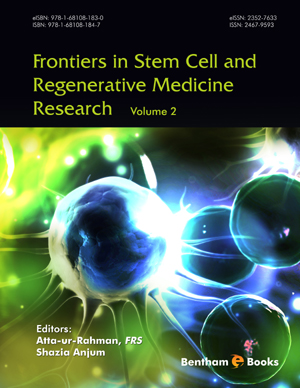Abstract
Neonatal hypoxic-ischemic encephalopathy (HIE) is an important cause of longterm neurological disability in children, being responsible for at least 14% of the cases of cerebral palsy. Despite the moderate protection provided by therapeutic hypothermia, a significant number of infants would still benefit from an adjuvant therapy. Since the first report showing the beneficial effect of umbilical cord blood cells (UCBCs) transplantation in a rat model of HIE in 2006, a growing number of studies have improved our understanding of the mechanisms underlying the neuroprotective action of transplanted cells in animal models of HIE, intrauterine hypoxia and neonatal stroke. The aim of this book chapter is to summarize these findings and to discuss recent data from several clinical trials and case reports that have evaluated the safety and feasibility of UCBCs therapy in newborns with HIE and in children with cerebral palsy.
Keywords: Astrocytes, brain repair, cell therapies, cerebral palsy, hematopoietic stem cells, immunomodulation, microglia, mononuclear cells, neonatal encephalopathy, neonatal hypoxia-ischemia, neuroprotection, regeneration, stem cells, umbilical cord blood.


















